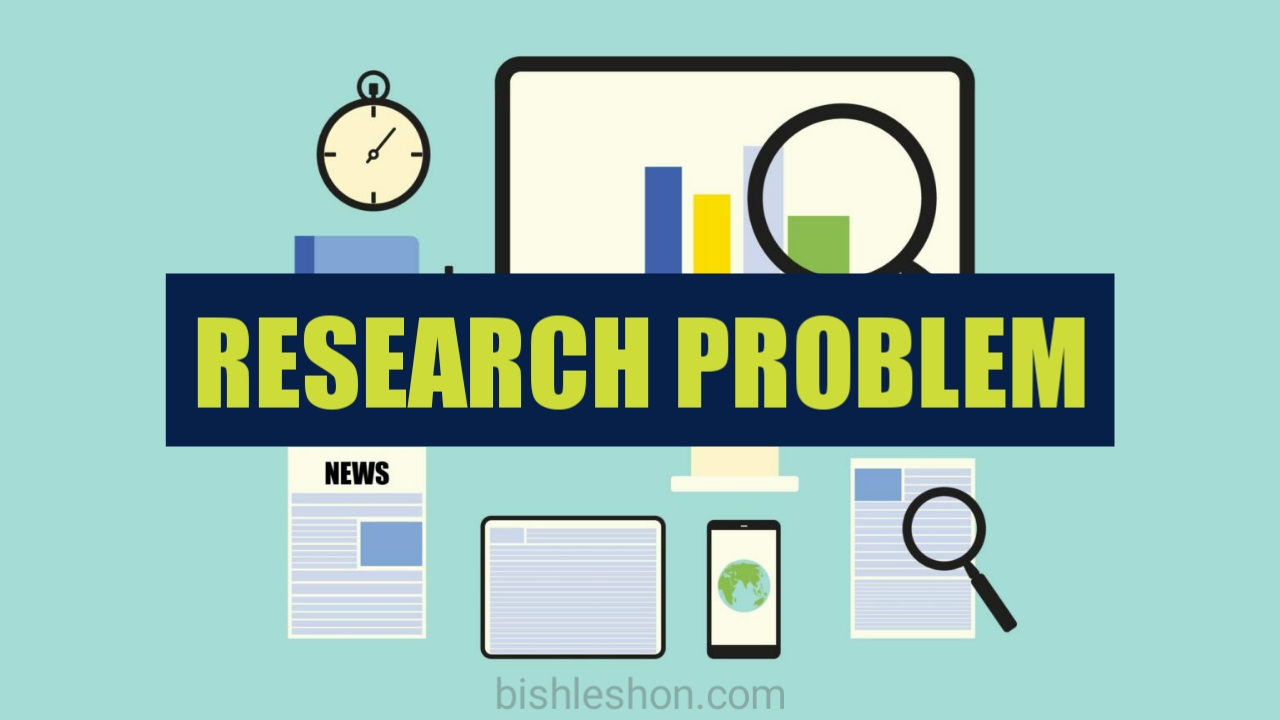A problem well defined is a problem half solved.
Problem definition in research refers to the process of identifying and stating a research problem or question, which is the central focus of the research study. This process involves determining the research question that will be addressed in the study, why it is important, and how it will be addressed through the research design.
A problem definition in research typically involves identifying a specific issue or challenge that needs to be addressed and formulating it as a clear and concise statement that can guide the research process.
The problem definition process is critical to the success of a research study, as it helps researchers to clarify the objectives of the study, select appropriate research methods and data sources, and ensure that the research findings are relevant and useful to the intended audience. In addition, a well-defined research problem is essential to securing funding, recruiting participants, and obtaining ethical approval for the study.
The following are the steps involved in defining a research problem:
Identify the research area: The first step is to identify the broad research area that the study will focus on. This could be a particular field, subject, or topic of interest.
Conduct a literature review: The next step is to conduct a thorough review of the existing literature on the research area. This will help to identify gaps or inconsistencies in the research that need to be addressed.
Identify the research problem: Based on the literature review, the researcher can then identify a specific research problem or question that needs to be addressed.
Define the research problem: Once the research problem has been identified, the researcher needs to define it clearly and precisely. This involves stating the problem in terms of its scope, objectives, and research questions.
Justify the research problem: The researcher needs to provide a rationale for why the research problem is important and why it needs to be addressed. This could involve discussing the potential impact of the research findings, the need for further investigation, or the practical implications of the research.
Determine the research approach: The researcher needs to determine the most appropriate research approach and methodology based on the research problem. This could involve qualitative, quantitative, or mixed methods research, and may include using a variety of data collection and analysis techniques.
Obtain ethical approval: Once the research problem and methodology have been defined, the researcher needs to obtain ethical approval from the appropriate institutional review board. This involves ensuring that the research is conducted in an ethical and responsible manner and that participants' rights and confidentiality are protected.
Example
Problem: Limited access to clean water is a critical public health issue in rural communities in developing countries.
In this example, the problem is the limited access to clean water in rural areas of developing countries. This problem statement can guide research on potential solutions, such as exploring new technologies for water treatment, examining the social and economic barriers to access, or investigating the impact of water scarcity on public health outcomes.
Overall, problem definition is a critical aspect of the research process that helps to ensure that the research study is focused, relevant, and feasible. When formulating a problem definition in research, it is important to be specific and concrete in order to identify a clear and manageable research question or objective. Additionally, the problem definition should be supported by evidence or data to demonstrate its importance and relevance to the field of study. By identifying and defining an apparent research problem, researchers can ensure that their study is well-designed, methodologically sound, and ethically responsible, leading to more valuable and impactful research outcomes.


Post a Comment